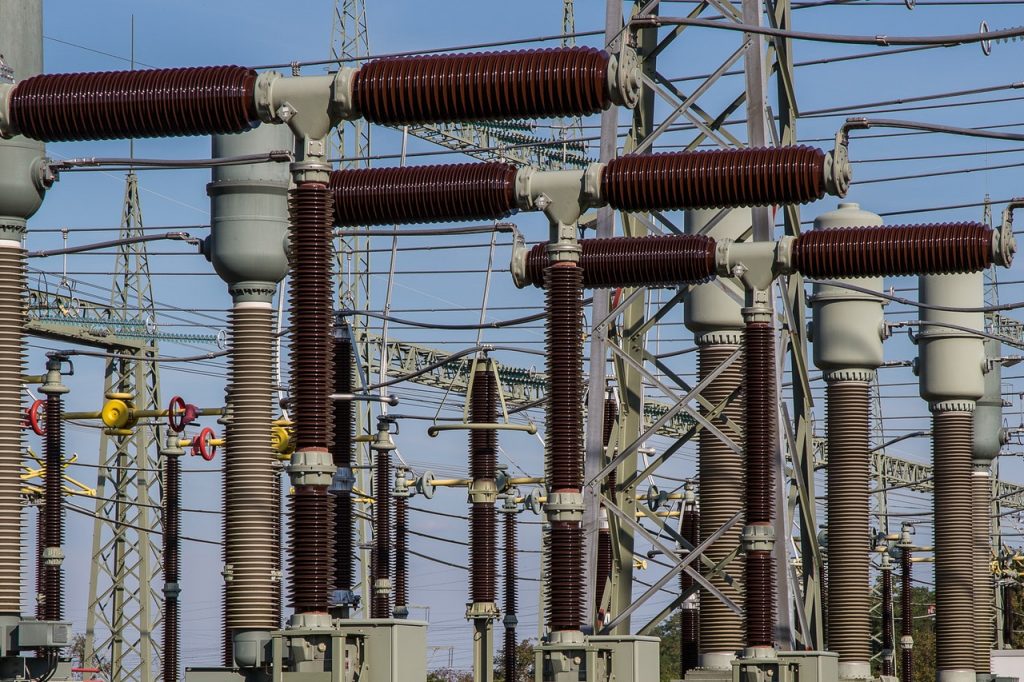The 4th industrial revolution (4IR) is arguably the ultimate digital experience in the 21st-century. It embodies NEW possibilities in communication, productivity, and entertainment.
4IR enhances and disrupts our social, political, economic, and cultural existence like never before. The aspirations of the 4IR actually make the 20th-century digital revolution look like a mere tech rehearsal.
This is how Professor Klaus Schwab, Founder and Executive Chairman of the World Economic Forum sees 4IR:
Ubiquitous, mobile supercomputing. Intelligent robots. Self-driving cars. Neuro-technological brain enhancements. Genetic editing.
Weforum
The NEW goal is to unite the human, physical, and digital components into ONE experience.
The 4IR is right on time to further future human sustainability, with Generation Alpha and other 21st century children right inside its mega plan.
In this article, we go down memory lane to find out just how far it has taken humanity to reach the new digital milestone.
From 1st to the 4th Industrial Revolutions
Preparations for the modern-day digital ecosystem started a long time ago – in the 1700s to be exact.
In what is often regarded as the first industrial revolution, iron became the standard raw material for enhancing productivity and human livelihood.The first industrial revolution was followed by the second, third, and ultimately the fourth industrial revolutions, each lasting about 100 years.
Below are the different industrial revolutions in some detail:
1. The Iron and Textile Revolution

The first industrial revolution was only a sign of things to come. It was an age when humanity was busy figuring out means to mechanize production.
The goal was to replace the Stone and Bronze age tools such as spears. These were primarily made of stone and bronze. The period lasted through the 18th and 19th centuries, between the 1760s to 1850s.
The 1IR was marked with rural societies becoming urban, and agrarian existence transforming to industrial societies. Industrial production was powered by steam engines to improve coal extraction. They also helped create steam-powered cars and trains.
This was an upgrade from rudimentary water pumps and lifting contraptions.
James Hargreaves invented iron and textile contraptions such as cotton mills and Spinning Jenny in 1964.
The emergence of cotton mills ushered in factories for mass production of cotton by-products. This was a shift from weaving previously done at the household level.
2. Steel, Oil & Electricity Revolution

The second industrial revolution started 100 years later in the 19th century, between the 1870s to early 1900s to be specific. This was just before the First World War.
Advancements in industrial mechanization and new innovations in steel, electricity, and oil characterized it. Electricity soon became the preferred means of energy in powering mass production.
Other advances and innovations happened in the following sectors:
- Internal combustion engine
- Light bulb
- Telephone
- Telegraph
- Phonograph
There was exponential growth as the world embraced the concept of large factories and assembly lines to serve the increasing numbers of consumers, resulting from urbanization.
3. The Digital Revolution

The 3rd industrial revolution happened 100 years later in the 20th century, in the 1970s and 1980s. Its hallmarks are still much at play, even in the 21st century just as it is evolving.
Also called the digital revolution, 3IR pioneered the mass use of digital equipment for mass production and communication. The digital evolution saw a remarkable shift in industrialization from analog and mechanical equipment, to electronic computers powered by transistors and microprocessors.
Electronic computers, from massive supercomputers to personal computers, supercharge global economies and continue to do so.
The following are the landmarks of the digital revolution:
- Personal computers
- Internet
- Robotics
- Mobile gadgets
- 3D printing
4. The 4th Industrial Revolution

The 4th industrial revolution is an evolution of sorts of the digital revolution. While its roots trace back to the 20th century, its implementation is taking shape in the 21st century.
The 4IR is basically an evolution in communication and connectivity and the down of true expert systems. These harness the power of 5G to revolutionize how we live and work.
We stand on the brink of a technological revolution that will fundamentally alter the way we live, work, and relate to one another.
Weforum
It bridges three aspects of human existence. These include the physical, digital, and biological realms in what is now known as cyber-physical systems. It is a fusion of computer-based algorithms with the internet to work closely with humans and other digital equipment.
Explorations in the fourth industrial revolution is happening in the following areas:
- Artificial Intelligence (AI)
- Robotics
- Quantum computing
- Nanotechnology
- Internet of Things
- 3D Printing and everything else
- Autonomous vehicles
- Biotechnology
- Virtual reality
- 5G
In summary
The drive and breakthroughs in 4IR are particularly critical in the 21st century because of the challenges the world faces in sustaining emerging cities, environmental degradation, food scarcity, health, inequalities, and of course a population that is getting out of control.





Leave a Reply